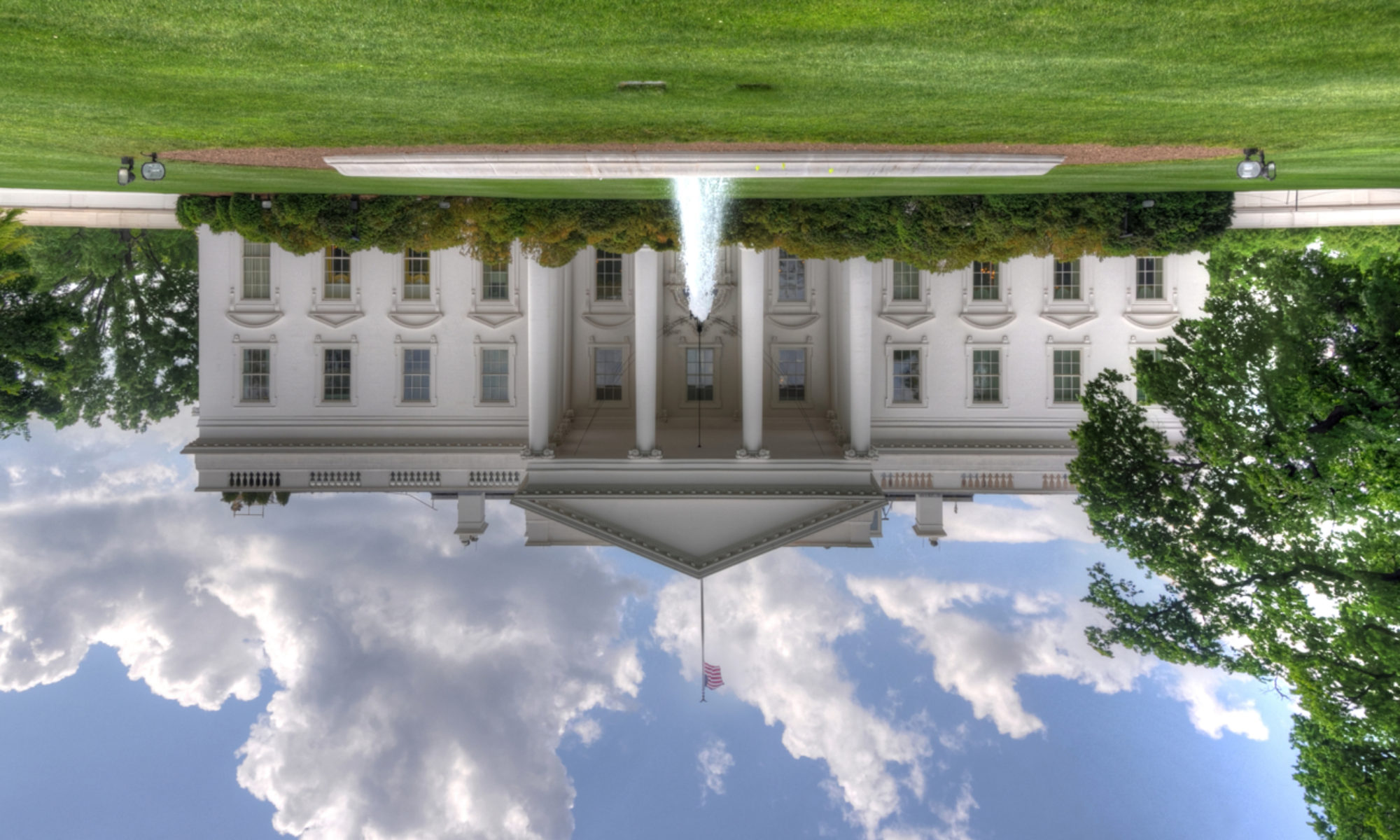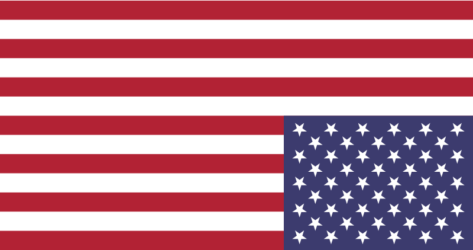There’s trouble in Bunkerville: It’s becoming evident that not every military person in Donald Trump’s sphere is willing to support Trump’s attempts at authoritarianism. Some Trump allies, as well as active-duty troops, are denouncing Trump’s attempts to use the military for partisan purposes, and are rejecting his use of military force against fellow Americans.
Since he became president, Trump has fantasized about big military parades and demonstrations in his honor, with tanks and weapons and armor. Despite never having served, Trump clearly imagines himself as a generalissimo.
On Monday, Trump’s dreams came true. In Lafayette Square, a public park in front of the White House, demonstrators were peacefully protesting police brutality and racism, and the death in police custody of George Floyd, a black man. About 30 minutes before curfew, MPs moved in on the crowd, forcefully and violently removing them from the area. They were making way for Trump, so that he could walk to St. John’s church and wield a Bible for a photo op.
MPs who were policing the area deployed tear gas, shot rubber bullets, hurled flash bang grenades, and shoved demonstrators to clear the area as if the demonstrators were causing an insurrection instead of being within their constitutional rights to peacefully assemble and demonstrate.
Later, standing in front of St. John’s church, Trump gave some remarks in which he threatened to use the Insurrection Act of 1807 to deploy active-duty U.S. military to states if they refrained from calling out the National Guard to help manage crowds of demonstrators.
Since then, not only have a number of states said “No thanks” to using active-duty military troops against the people in their states, a number of military and former military officials have condemned Trump’s misuse of force and active duty military troops to “dominate” (Trump’s term) protesters.
Mark Esper Rejects Use of Insurrection Act
On Wednesday, Defense Secretary Mark T. Esper distanced himself from Trump’s call for military action and his threat to invoke the Insurrection Act, saying that using active-duty forces to quell unrest in the country is not currently necessary.
“The option to use active-duty forces in a law enforcement role should only be used as a matter of last resort, and only in the most urgent and dire of situations. We are not in one of those situations now,” Esper told reporters at a Pentagon briefing. “I do not support invoking the Insurrection Act.”
In response to the violent military actions in Lafayette Park on Monday, though he had then referred to American cities as a “battle space” at the time, Esper said, “I was not aware of law enforcement’s plans for the park. I was not briefed on them, nor should I expect to be. But they had taken what action I assume they felt was necessary, given what they faced.”
Esper also said that he had not known in advance that he would be accompanying Trump to St. John’s church for Trump’s photo op.
James Mattis Denounces Abuse of Power
Just hours later, Trump’s former defense secretary, James Mattis, denounced Trump for “working to divide the country.” In an essay published in The Atlantic, Mattis accuses Trump of abuse of power, and of ordering U.S. military forces to violate Americans’ constitutional rights.
“We know that we are better than the abuse of executive authority that we witnessed in Lafayette Square,” Mattis said. “We must reject and hold accountable those in office who would make a mockery of our Constitution.”
“Donald Trump is the first president in my lifetime who does not try to unite the American people—does not even pretend to try. Instead, he tries to divide us,” Mattis wrote.
“We are witnessing the consequences of three years of this deliberate effort. We are witnessing the consequences of three years without mature leadership. We can unite without him, drawing on the strengths inherent in our civil society. This will not be easy, as the past few days have shown, but we owe it to our fellow citizens; to past generations that bled to defend our promise; and to our children.”
Mattis also wrote, “We must reject any thinking of our cities as a ‘battle space’ that our uniformed military is called upon to ‘dominate.’”
Senator Lisa Murkowski Struggles with Supporting Trump
Senator Lisa Murkowski (R-Alaska) praised Mattis’ remarks, and said that she is “struggling with her support for her fellow Republican president” in November, according to The Washington Post.
“When I saw General Mattis’ comments yesterday I felt like perhaps we are getting to a point where we can be more honest with the concerns that we might hold internally and have the courage of our own convictions to speak up,” Murkowksi said.
General John Allen Accuses Trump of Projecting Abject Power
Four-star General John Allen, who led the fight against ISIS, accused Trump of pushing for the “end of American democracy.”
In an op-ed in Foreign Policy, Allen wrote, “To even the casual observer, Monday was awful for the United States and its democracy. The president’s speech was calculated to project his abject and arbitrary power, but he failed to project any of the higher emotions or leadership desperately needed in every quarter of this nation during this dire moment.”
U.S. Army Addresses Army Community
The U.S. Army itself has made clear that it does not align with Trump’s calls for the use of force. In a letter titled, “A Message to the Army Community about Civil Unrest,” which was distributed to “Soldiers, Civilians, Family members and Soldiers for Life,” Sgt. Major Michael A. Grinston, General James C. McConville, and Secretary of the Army Ryan D. McCarthy wrote, “Every Soldier and Department of the Army Civilian swears an oath to support and defend the Constitution. That includes the right of the people peaceably to assemble and to petition the government for a redress of grievances. We will continue to support and defend those rights, and we will continue to protect Americans, whether from enemies of the United States overseas, from COVID-19 at home, or from violence in our communities that threatens to drown out the voices begging us to listen.”
Active-Duty Soldiers Refuse or Plan to Refuse to Deploy
An increasing number of active-duty National Guard and GIs are refusing to deploy to American cities that are protesting police-perpetrated killings. According to veterans’ and GI organizations, a number of GIs are saying that they don’t want to comply or participate in the repression of their fellow Americans. They also point out that they have not been properly trained in de-escalation tactics or riot response on domestic soil.
According to Candice Bernd, senior editor and staff reporter at Truthout, “..It’s not the legality of the president’s and governors’ deployment orders that is weighing on Guardspersons and active-duty soldiers; it’s the potential moral injury of brutalizing their own communities.”
An anonymous National Guardsman in a Pennsylvania infantry that has not yet been ordered to deploy, says he plans to refuse, if ordered, and is currently consulting an attorney about his options.
“I can’t do it. Even looking at my uniform is making me feel sick that I’m associated with this, especially after (the National Guard unit) shot that man who owned that barbecue shop (in Louisville, Kentucky),” he said.”
He also said that his fellow soldiers “really need to sit down and think about what they’re willing to do for an oath that means trampling on their neighbors.”
In response to these GIs’ concerns, the GI Rights Network is organizing emergency conscientious objector packets.
“Once they have (the conscientious objector packet) in, they should have the right to say that they can turn up at their mobilization point, but they cannot carry a weapon,” Says Siri Margerin, a counselor with the GI Rights Hotline.
It’s not clear whether GIs who choose to conscientiously object would still face disciplinary action. “We don’t know, because this hasn’t happened in a very long time, and it has never happened with a president like we have right now,” said Margerin.
Our current president seeks (and believes he has) executive powers that extend far beyond what the U.S. Constitution allows. Donald J. Trump is exactly the type of president our founding fathers wanted to protect Americans from when they drafted the Constitution.
As Trump continues to distort his interpretation of U.S. laws (or ignore them altogether) to further his authoritarian aspirations, our only hope is that more and more Americans follow the military’s unprecedented actions and reject Trump’s lawlessness.
Former Defense Secretary James Mattis Condemns Trump As Threat To Constitution | TODAY [2020-06-04]
Defense Secretary Mark Esper breaks with Trump over use of military force on protesters | CBS Evening News [2020-06-03]

